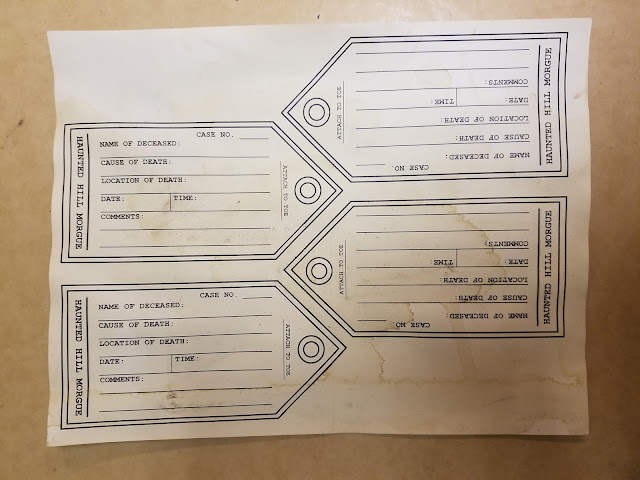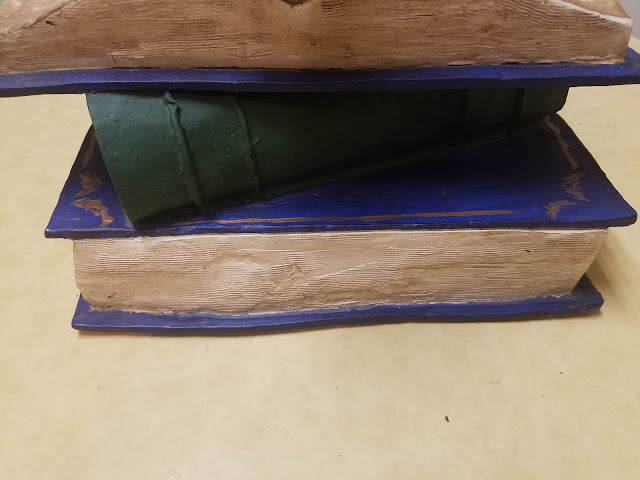Deathbed prophesies are a longstanding tradition, particularly among those who are wrongfully executed or feel the need to utilize their final breaths to express their contentions with uncaring relatives, insufferable friends, or just the cruelty of life in general. In his survey of British and Irish hauntings, Richard Jones highlights several instances where forewarnings uttered by the dying have achieved a peculiar air of relevance, including that by a Sadducean women and a falsely accused man. In the first case, eighteenth-century heretic Lady Anne Grimston, who refused to consign to the prospects of an afterlife, boldly asserted to the priest who had come to administer her last rites: “If, indeed, there is life thereafter, seven trees will render asunder my tomb.”[1] Following her death in November of 1780, Lady Grimston was buried at St. Peter’s Church in Tewin, England, where, over the course of time, several trees began to sprout through her grave in an act which can be described as either proof of life after death, a mere coincidence, or simply “the machinations of an opportunist clergyman.”[2] Although the true nature of Lady Grimston’s prophecy is contestable, the details surrounding the second case are more difficult to explicate. In 1819, John Davies became the caretaker of the Morris farm, occupied by the widow Morris and her young daughter Jane, where he clashed with Thomas Pearce, who endeavored to steal the farmstead away from the widow, and Robert Parker, Jane’s fiancé.[3] As animosities between the three men intensified, Parker and Pearce staged a violent robbery and planted evidence that indicted Davies.[4] Despite his pleas of innocence, Davies was hanged, with his last words professing: “If I am innocent, the grass, for one generation at least, will not cover my grave.”[5] Following his death, Parker was killed in a blasting accident, Pearce wasted away, and grass refused to grow around the simple robber’s grave where Davies was interred.[6]
Works Referenced
Jones, Richard. Haunted Britain and Ireland. New York: Barnes and Noble, 2002.
____________________
[1] Jones, 55.
[2] Jones, 55.
[3] Jones, 111.
[4] Jones, 111.
[5] Jones, 111.
[6] Jones, 111.





















































